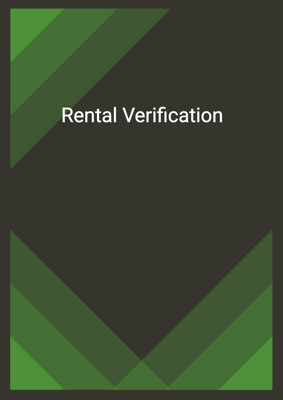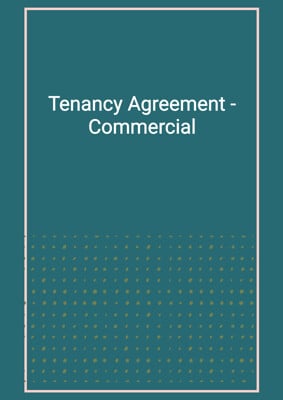How to Tailor the Document for Your Need?
01
Create Document
Fill in the details of the parties. You can click the "Fill with Member’s Information" button to complete it with information saved to your account.
02
Fill Information
Please fill in any additional information by following the step-by-step guide on the left hand side of the preview document and click the "Next" button.
03
Get Document
When you are done, click the "Get Document" button and you can download the document in Word or PDF format.
04
Review Document
Please get all parties to review the document carefully and make any final modifications to ensure that the details are correct before signing the document.
Document Preview
Document Description
This Tenants in Common Agreement - Co-ownership of Property is a legal document that outlines the terms and conditions for co-ownership of a property between two parties. The agreement is entered into by Party 1 and Party 2, who are the co-owners of the property. The document starts with a brief introduction, highlighting the importance of the agreement in establishing the relationship between the co-owners and ensuring the orderly administration of the property.
The agreement is divided into several sections, each addressing specific aspects of the co-ownership arrangement. The first section, 'Ownership,' outlines how the co-owners hold the title to the property as tenants in common based on their respective undivided ownership interests. It also specifies that the appreciation or depreciation in the property will be shared proportionately.
The next section, 'Transfer Notice,' explains the process for transferring the undivided interest in the property. If a party intends to transfer their interest, they must provide a transfer notice to the other party, including details of the proposed transfer and the third party purchaser. The continuing party then has the right to purchase the seller's interest within a specified acceptance period.
The terms of the transfer are described in the 'Terms of Transfer' section. It states that the interest in the property should be sold free from any liens or encumbrances, and the buyer assumes the seller's obligations. The seller must deliver the necessary transfer documents, and the buyer must pay the agreed consideration on the completion date.
The agreement also covers the benefits and liabilities of ownership in the 'Benefits and Liabilities' section. Each party is entitled to the benefits of ownership, such as income and proceeds from the property, in proportion to their interest. They are also responsible for bearing the expenses of ownership, including operating expenses and sale-related costs.
Other important sections include 'Voting,' which outlines the voting rights of the co-owners based on their share in the profits and losses, and 'Termination,' which specifies the conditions under which the agreement can be terminated.
The agreement concludes with provisions for counterparts, severability, and the lack of rights for third parties. It also includes clauses for arbitration, notices and service, waiver of rights, and amendments. The document is signed by the authorized representatives of both parties.
Overall, this Tenants in Common Agreement is crucial for establishing the rights and responsibilities of the co-owners and ensuring a smooth co-ownership arrangement.
How to use this document?
To use this Tenants in Common Agreement effectively, follow these steps:
1. Understand the purpose: Familiarize yourself with the importance of this agreement in establishing the relationship between co-owners and ensuring the orderly administration of the property.
2. Ownership: Determine the respective undivided ownership interests of each party as stated in the agreement. This will help in understanding the proportional sharing of appreciation or depreciation in the property.
3. Transfer Notice: If you intend to transfer your interest in the property, provide a transfer notice to the other party. Include all necessary details about the proposed transfer and the third party purchaser.
4. Right of Continuing Party to Purchase: If you receive a transfer notice, carefully review it and decide whether to exercise your right to purchase the seller's interest within the specified acceptance period.
5. Terms of Transfer: If you decide to purchase the seller's interest, ensure that the terms of transfer, as described in the agreement, are followed. This includes ensuring the property is sold free from any liens or encumbrances and that all necessary transfer documents are executed.
6. Benefits and Liabilities: Understand your entitlement to the benefits of ownership, such as income and proceeds from the property, as well as your responsibility for bearing expenses related to ownership.
7. Voting: Familiarize yourself with the voting rights outlined in the agreement, which are based on your share in the profits and losses from the property.
8. Termination: Be aware of the conditions under which the agreement can be terminated, either through the sale of the property or mutual agreement.
9. Seek legal advice if needed: If you have any questions or concerns about the agreement or its implications, consult with a legal professional to ensure you fully understand your rights and obligations.
By following these steps, you can effectively use this Tenants in Common Agreement to establish and maintain a successful co-ownership arrangement.
Not the right document?
Don’t worry, we have thousands of documents for you to choose from:




















































